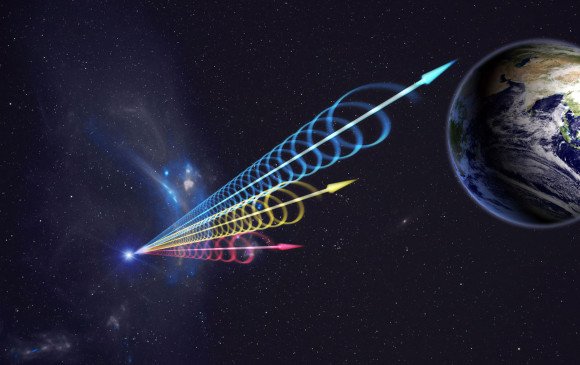Signals from space
They say it's like looking for a needle in a giant haystack, a speck of dust in the wake of a comet, or a blade of grass in a leafy jungle. The challenge facing scientists looking for traces of extraterrestrial intelligence is enormous. Is there life in the stars?
It's no joke. We have been tracking the universe for more than fifty years in search of signals from deep space. Carl Sagan, the astrophysicist and disseminator, was a pioneer in proposing the use of radio telescopes to comb the firmament, recalls Teresa Guerrero in El Mundo this week. And she was so ahead of reality that she had to write a novel in order to give way to her impatience. The fiction book, of course, became a film released two decades ago, with Jodie Foster in the role of a scientist who contacts extraterrestrials. Remember her?
But it's no joke, no. It's over our heads, maybe. Millions of light years away.
In 2007, an Australian radio telescope picked up strange radio bursts for the first time, a pulse that lasted just a few milliseconds, Guerrero writes. Since then, they've been detected up to 60 times. The proof that there's intelligent life up there?
The probability that these signals are an alien trail is very low, but no one dares to rule it out. The universe is so vast, says Andrés Pérez, that we cannot think that we are the only ones who inhabit it.
That is why, when a radio telescope in British Columbia detected a few days ago thirteen bursts of radio waves at very low frequencies, the imagination and impatience of scientists and amateurs was soaring. One of the bursts, a miracle, was repeated. Space speaks. Another thing is that we should be so intelligent - it was Einstein who said that human stupidity is infinite - as to understand what he is telling us.

